2018 Lao Ban Zhang Boules de Thé Pu Erh Cru
2018 Lao Ban Zhang Boules de Thé Pu Erh Cru
Impossible de charger la disponibilité du service de retrait
Un thé pu erh brut roulé en forme de boules de thé en portion individuelle. Ce thé est fabriqué à partir de grandes feuilles de thé sauvage de Lao Ban Zhang, Yunnan. Il offre un arôme complexe d'agrumes, de baies, d'encens, de sucre de roche et une sensation de menthe et de picotement sur le côté de la langue.
Origine
Origine
- Type: Raw pu erh tea
- Origin: Lao Ban Zhang, Yunnan
- Year: 2018
- Season: Spring
- Shape: Tea balls
Comment préparer le thé
Comment préparer le thé
Steeping temperature: 100ºC
Western Method: Steep 1 Lao Ban Zhang tea ball with 500ml of water for 1.5 minutes. After the first steep, apply the following steeping times for the next steeps: 1, 1.5, 3 minutes.
Traditional method: Steep 1 Lao Ban Zhang tea ball with 100ml hot water at 100ºC for 20 seconds for the first two steeps. Apply a steeping time of 5 second per steep for steep 3-7. Afterwards, gradually increase the steeping time for every next steep.
Expédition, retours et méthodes de paiement
Expédition, retours et méthodes de paiement
Délai de livraison : 1 à 10 jours pour l'UE. Pour des estimations par pays, veuillez consulter la page d'informations sur la livraison au bas de notre site Web.
Taxes douanières : comme nous livrons depuis notre entrepôt de l'UE, aucune taxe ne vous sera facturée à la livraison. Toutes les taxes sont déjà incluses dans nos prix.
Livraison gratuite : disponible pour les commandes supérieures à 59 € pour les Pays-Bas/Belgique, 80 € pour la France, les autres pays de l'UE et le Royaume-Uni, et plus de 100 € pour les pays hors UE.
Retours : les commandes peuvent être retournées pour un remboursement dans les 30 jours. Les produits doivent être retournés dans un état non ouvert et non utilisé.
Partager





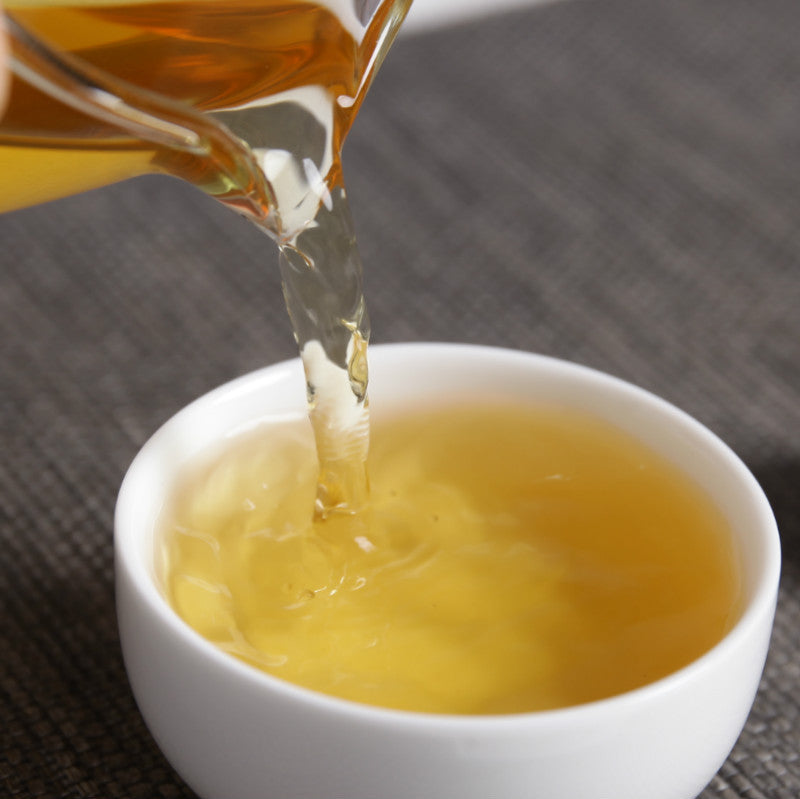
How this raw pu erh tea is made
-
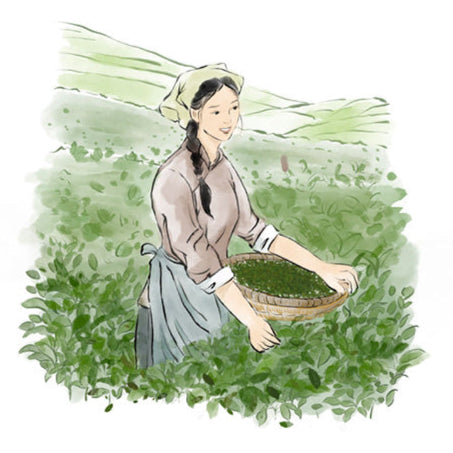
Picking
Tea leaves are hand-picked in the morning.
-
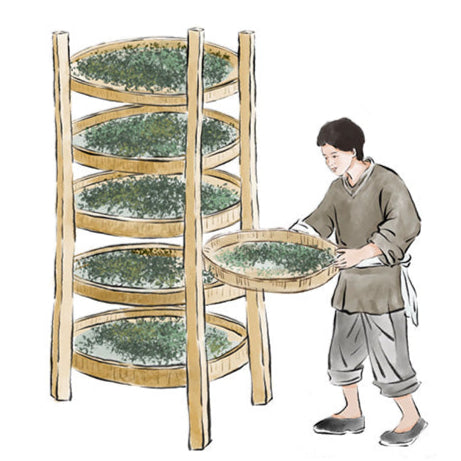
Withering
The leaves are spread on bamboo trays to wither.
-
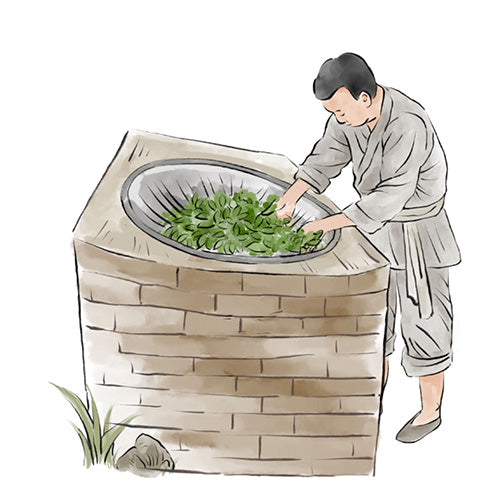
Fixation
The withered leaves are heated to halt oxidation.
-
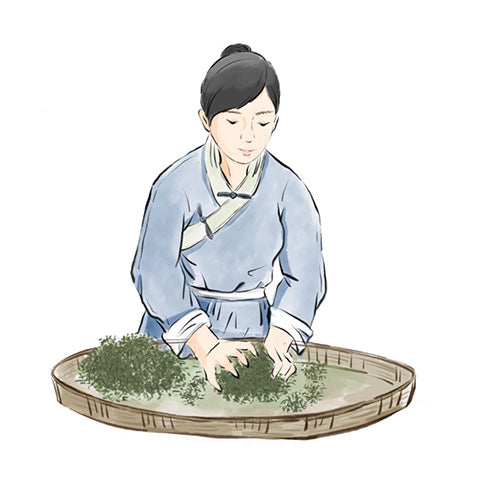
Rolling
The tea leaves are rolled to release their aroma.
-
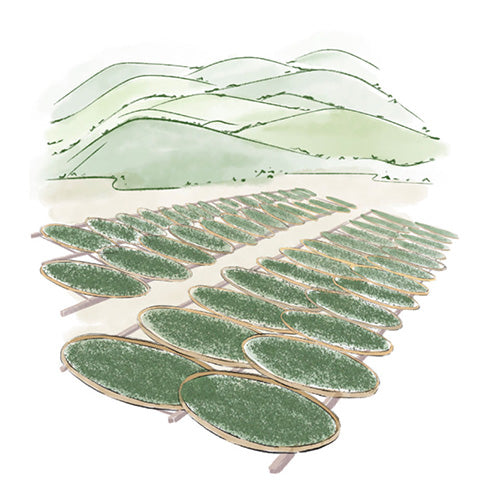
Sun Drying
Rolled leaves are spread on bamboo mats to sun-dry.
-
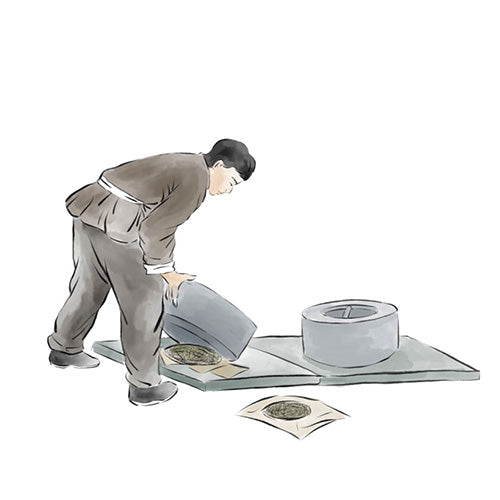
Pressing
The processed tea leaves are steamed & compressed.
-
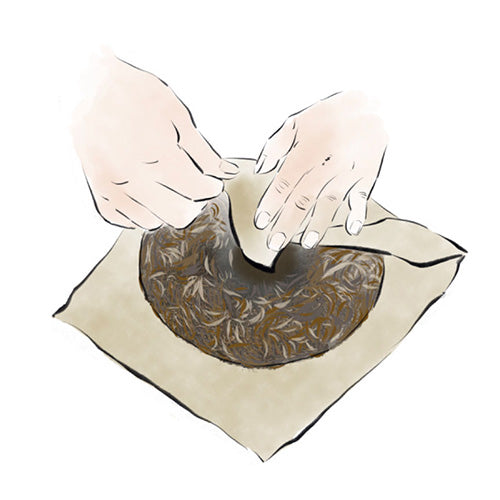
Packaging
The compressed tea is wrapped in paper & packed in boxes.
-
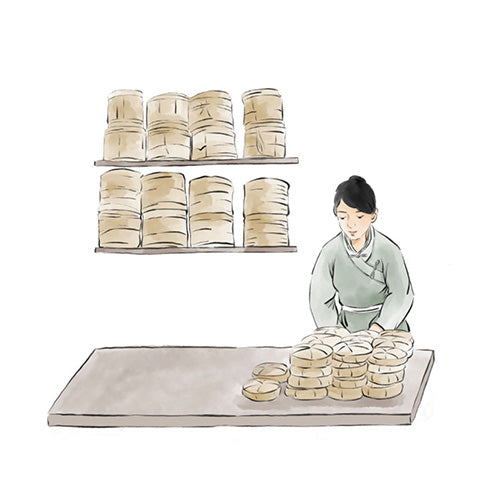
Aging
The raw pu erh tea is stored for further aging.
Superb quality PuErh tea balls
it's the first time I use this format. It's such an easy way to carry and use. I only tasted one, but the experience was very good.
The leaves unpacked themselves on a long period. I drank that tea for half a day, during writing, just adding water and directly pouring it, the taste evolved all along.
Great fruity flavor that opens up more and more as it brews. I was more comfortable with the combined method, the eastern method up to the first minute, then the western method, when I doubled each subsequent time.













